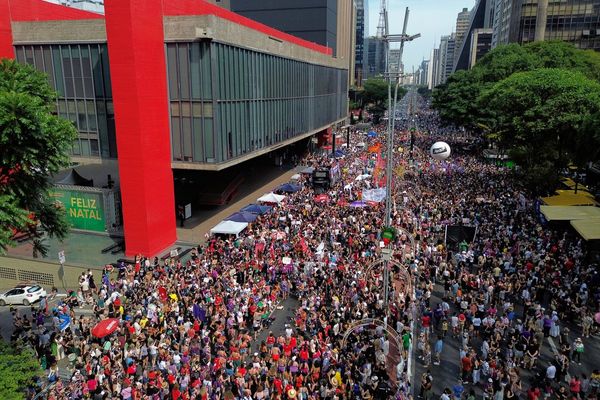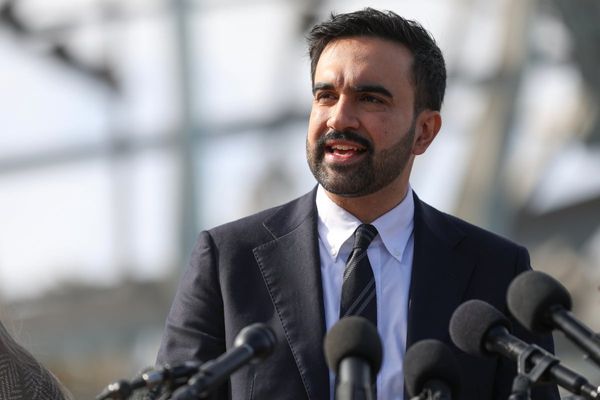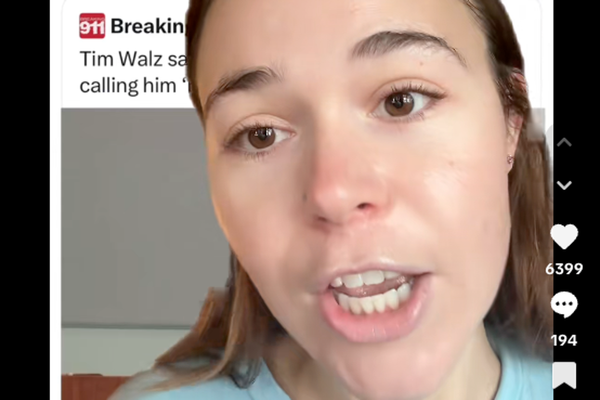
A jump in the cost of building and renovating homes is not helping the case for more rate cuts.
Headline inflation remained steady at 2.4 per cent in the 12 months to April, the Australian Bureau of Statistics reported on Wednesday.
But the result was higher than expected, with economists having predicted a slowing in price growth to 2.3 per cent.
While still within the Reserve Bank of Australia's target band of two to three per cent, the less volatile trimmed mean ticked up slightly from 2.7 to 2.8 per cent.

The surprising strength of new dwelling prices, which grew at 0.5 per cent over the month in the fastest rise since June 2024, prompted NAB to lift its forecast for the quarterly trimmed mean by 10 basis points to 0.7 per cent.
"New dwellings can be volatile and it is far from clear that the upside surprise in April will persist, but regardless the April outcome is unhelpful for the (June) quarter average outcome," NAB senior markets economist Taylor Nugent said.
As the largest category of the consumer price index - worth eight per cent of the basket - the slowdown in new dwelling prices had been a key driver of inflation falling faster than the RBA had expected in recent months, he said.
If the pick-up in housing costs is sustained, it could erode the central bank's confidence inflation has been tamed for good.
Energy costs are also a concern. Electricity prices fell 6.5 per cent, but this was compared to a 9.6 per cent fall in the 12 months to March as customers used up energy rebates in Queensland and Western Australia.
Without government subsidies, electricity prices would have risen 1.5 per cent.

The RBA predicts inflation to jump to three per cent by the end of 2025 when commonwealth rebates finally expire.
But AMP economist My Bui cautioned against getting carried away by one monthly reading.
"The headline indicator contains a lot of noise, however, so it is best not to read too much into it," she said.
Outsized moves in eggs, which surged 18.6 per cent year-on-year because of bird flu shortages, and petrol which plunged 12 per cent, will be smoothed out in the RBA's preferred quarterly trimmed mean due to be released at the end of July.
Treasurer Jim Chalmers heralded Australia's "sustained" progress on slowing inflation.
It was the fifth consecutive month headline and underlying inflation had been in the target band, which is the longest streak since monthly data started being collected in 2018.
But the job was not yet finished, with US President Donald Trump's tariffs threatening to cut growth and raise prices around the world, Dr Chalmers said.

Uncertainty arising from Mr Trump's trade war was a key theme of the RBA's commentary surrounding its decision to cut interest rates by a quarter of a per cent at its meeting last week.
There were still more downside risks for the Australian economy, said Ms Bui, with flat construction data also released on Wednesday cementing expectations that GDP will grow a disappointing 0.4 per cent in the March quarter.
Although RBA governor Michele Bullock expects tariffs to put downward pressure on inflation domestically, it was too early for any impact to show in the data.
With April's inflation reading mainly focused on goods prices, Ms Bullock and the board must wait for the second and third monthly readings of the quarter to get data on stickier services inflation.
That will give a clearer picture of whether low unemployment is flowing through to higher labour costs for businesses.







